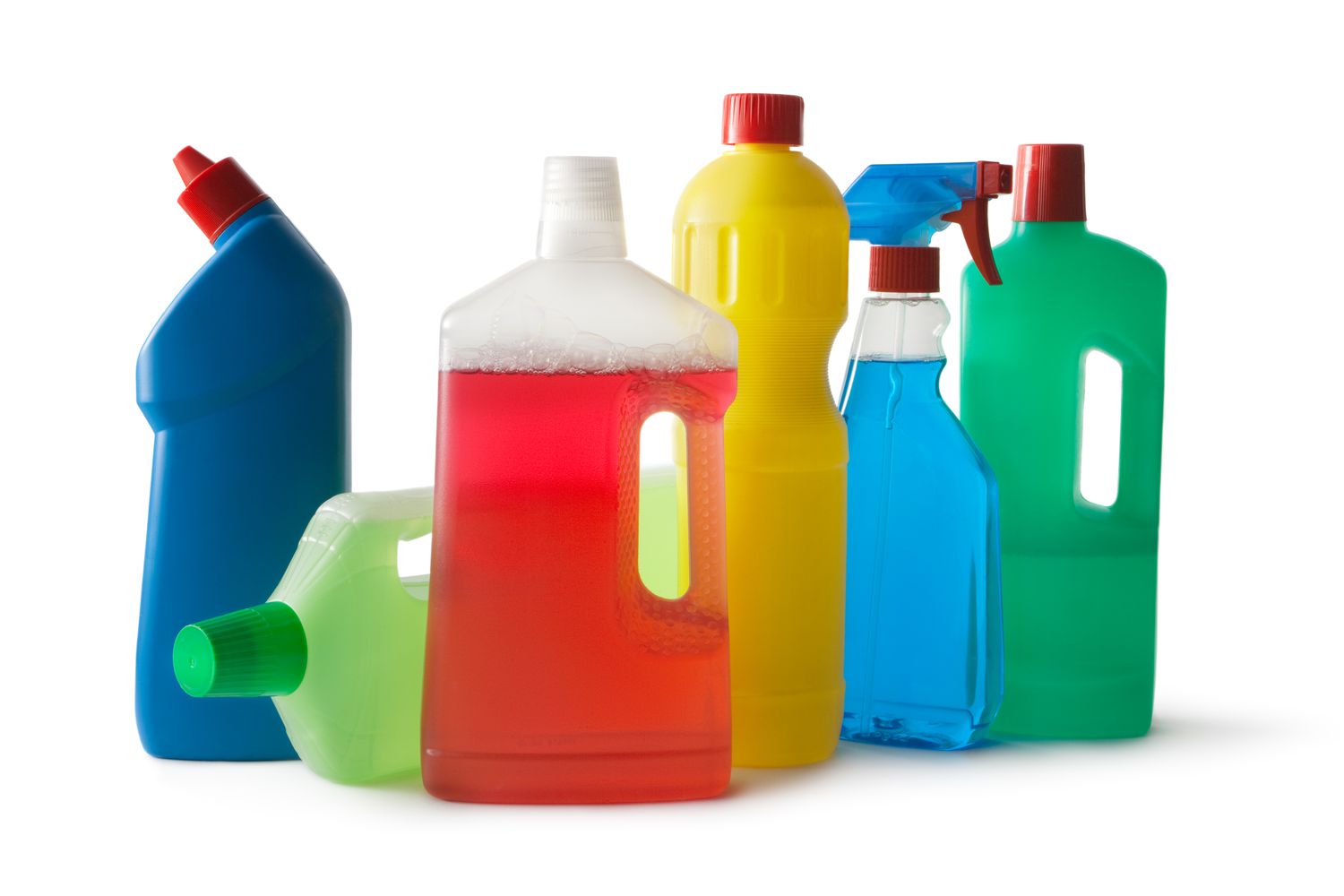New research sheds light on the potential link between exposure to common household chemicals and an increased risk of neurological disorders, suggesting that these substances could harm specialized brain cells.
While genetic factors have long been associated with neurological conditions like autism and multiple sclerosis, recent studies highlight the significant impact of environmental exposures, particularly to chemicals found in disinfectants, personal care items, and flame retardants.
A study published in Nature Neuroscience by researchers from Case Western Reserve University School of Medicine identifies two widely used chemicals—organophosphate flame retardants and quaternary ammonium compounds (QACs)—as detrimental to brain health. These chemicals have been found to damage oligodendrocytes, cells crucial for protecting nerve cells.
Lead investigator Paul Tesar in a press release emphasized the role of oligodendrocyte loss in diseases like multiple sclerosis and underscores the study’s findings as a potential risk factor for neurological conditions.
Lab experiments on cells and organoids revealed the harmful effects of these chemicals, with subsequent rodent studies confirming their impact on brain cells in mice. Additionally, epidemiological data suggests a link between childhood exposure to organophosphate flame retardants and adverse neurodevelopmental outcomes.
Despite their prevalence in various consumer products, the potential health risks associated with these chemicals call for more rigorous examination and regulatory measures. Tesar advocates for informed decision-making to minimize chemical exposure and safeguard human health.
Organophosphate flame retardants are commonly found in electronics, furniture, and building materials, while QACs are prevalent in antibacterial products like shampoos, cleaners, and disinfectants.
Common household products that may contain QACs include:
- Shampoos
- Toilet cleaners
- Hand soap
- Shaving cream
- Baby wipes
- Body wash
- Sunscreens
- Moisturizers
- Disinfectant sprays
- Liquid fabric softeners
- Dryer sheets
- Disinfectants
- Spermicidal jellies.
Consumers are urged to check product labels and explore alternative cleaning solutions to mitigate exposure to these potentially harmful substances.
